Interesting fact: Land Rover offers more versions of its Range Rover model lineup than Chrysler offers models—period. Now granted, the Chrysler brand has been woefully underserved during its tenure beneath the Stellantis banner. However, this does not diminish the fact that Range Rover buyers can choose from among four distinct offerings.
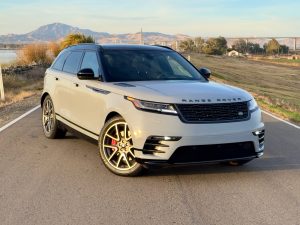
The 2025 Range Rover Velar is a compact luxury SUV with better than average off-road capability, that is seldom be called upon.
These include THE Range Rover, Range Rover Sport, Range Rover Evoque and the subject of this review — Range Rover Velar. And, while one might be tempted to say, “Yes, but each of these is a slightly warmed-over version of THE Range Rover,” the reality is, each model has a unique personality, designed to appeal to different buyers.
In the case of the Velar, we’re talking a compact SUV with better than average off-road capability, that is seldom be called upon. This is to say, most Velar buyers are into it more for style than capability. However, being a Range Rover, the ability to “do dirt” is there just the same.
Powertrains and fuel economy
The P400 Dynamic SE Velar with which I spent a week was powered by Land Rover’s 395-horsepower, 3.0-liter supercharged and turbocharged DOHC inline 6, supplemented by a 48-volt hybrid system. Capable of generating 405 lb-ft of torque, the engine fed all four wheels through an 8-speed automatic transmission.
According to the EPA, one can expect to see 19 mpg in the city, 25 on the highway and 21 combined. My affinity for the thrust generated by that deep-breathing inline 6 reduced that count 18 mpg overall, but I had a lot of fun getting there.

The Range Rover Velar P400 Dynamic SE offers a carefully curated blend of on-road performance and off-road capability, delivered in a sumptuous package.
Interior accommodations
Minimalism is defined as focusing on what truly matters while eschewing clutter. One need only settle behind the steering wheel of a Range Rover Velar to see this concept in practice. In fact, were it not for the sumptuousness of the materials employed, one might be tempted to say the Velar’s interior treatment is stark.
Taking full advantage of its 11.4-inch touchscreen interface, the Velar’s interior treatment was very nearly button-free. The sweep of the center console was interrupted only by the transmission’s gear shift selector, when the console’s panels were closed. The effect was at once elegant and contemporary. Opened, those panels revealed a set of cupholders and the wireless charging bay for smartphones.
Offering some 40.3 inches of legroom for front seat occupants, and 37.2 inches for those seated in the rear, the “compact” SUV was quite capacious. The Velar also offered an extremely generous 70.5 inches of cargo floor with the second-row seats folded away. Some 38.9 inches remained when the rear seats were deployed. And, of course, the two-piece tailgate was electrically operated.
Comfort, convenience and tech
What’s more, the heated and ventilated seats — upholstered in perforated grained leather — were all-day comfortable. Firm, but not too firm, they offered outstanding support. Especially welcomed was the heated steering wheel. “My” Velar also featured a 400-watt Meridian audio system and a panoramic glass sunroof, along with CarPlay and Android compatibility, as well as two-zone climate control and ambient lighting.
On the tech front, the Velar was fitted with a head up display and a 3D surround camera system. It also offered parking assistance and a wade sensing system which gave the Range Rover the ability to measure water depth when fording a steam to warn me if the water was getting too deep. These features were monitored via the Rover’s 11.4-inch “floating” touchscreen interface.
Easy to use and quite responsive, Land Rover’s Pivi Pro operating system kept the infotainment trains running on time — so to speak. Additional driver assistance aids included automated emergency braking, blind-spot monitoring, lane-keeping assist, and adaptive cruise control.
Driving impressions
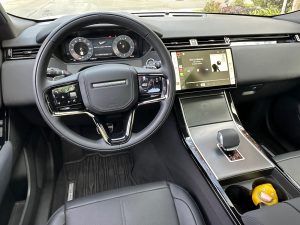
Taking full advantage of its 11.4-inch touchscreen interface, the Velar’s interior treatment was very nearly button-free.
Conducting my scientifically unscientific zero to 60 runs, I saw consistent times of just over five seconds. While that’s pretty quick by any standard, it’s more impressive when you consider the compact Range Rover weighs some 4,000 pounds.
The Velar I sampled was fitted with the brand’s Dynamic Handling Package, which included an electrically actuated air suspension system and configurable dynamics. This kept body roll to a minimum in sporty situations, while also giving the Velar the capability of lowering itself at speed to improve aerodynamics and handling.
Yes, ride quality was a bit on the stiff side in the sportiest setting, but by no means could it have been considered harsh. Plus, the tradeoff in terms of cornering ability made the compromise more than worthwhile.
Further, you can choose when to make it firm and when to make it cushy because the system is adjustable. Steering, while accurate, wasn’t what I’d term lively, as feedback was minimal. And, truth be told, the brake pedal could have been a bit firmer for my tastes. Here again though, I cannot fault the braking performance.
In summary
All in all, the 2025 Land Rover Range Rover Velar P400 Dynamic SE offers a carefully curated blend of on-road performance and off-road capability, delivered in a sumptuous package. Qualified to deliver more go-anywhere capability than is ever likely to be required by most of its buyers, the Range Rover Velar is also handsomely styled, generously equipped, supremely comfortable, suitably capacious and wholly reflective of well-considered craftsmanship.
I like it. Pricing for the P400 Dynamic SE Range Rover Velar starts at $70,600. Price as tested for the example I drove was $81,770.

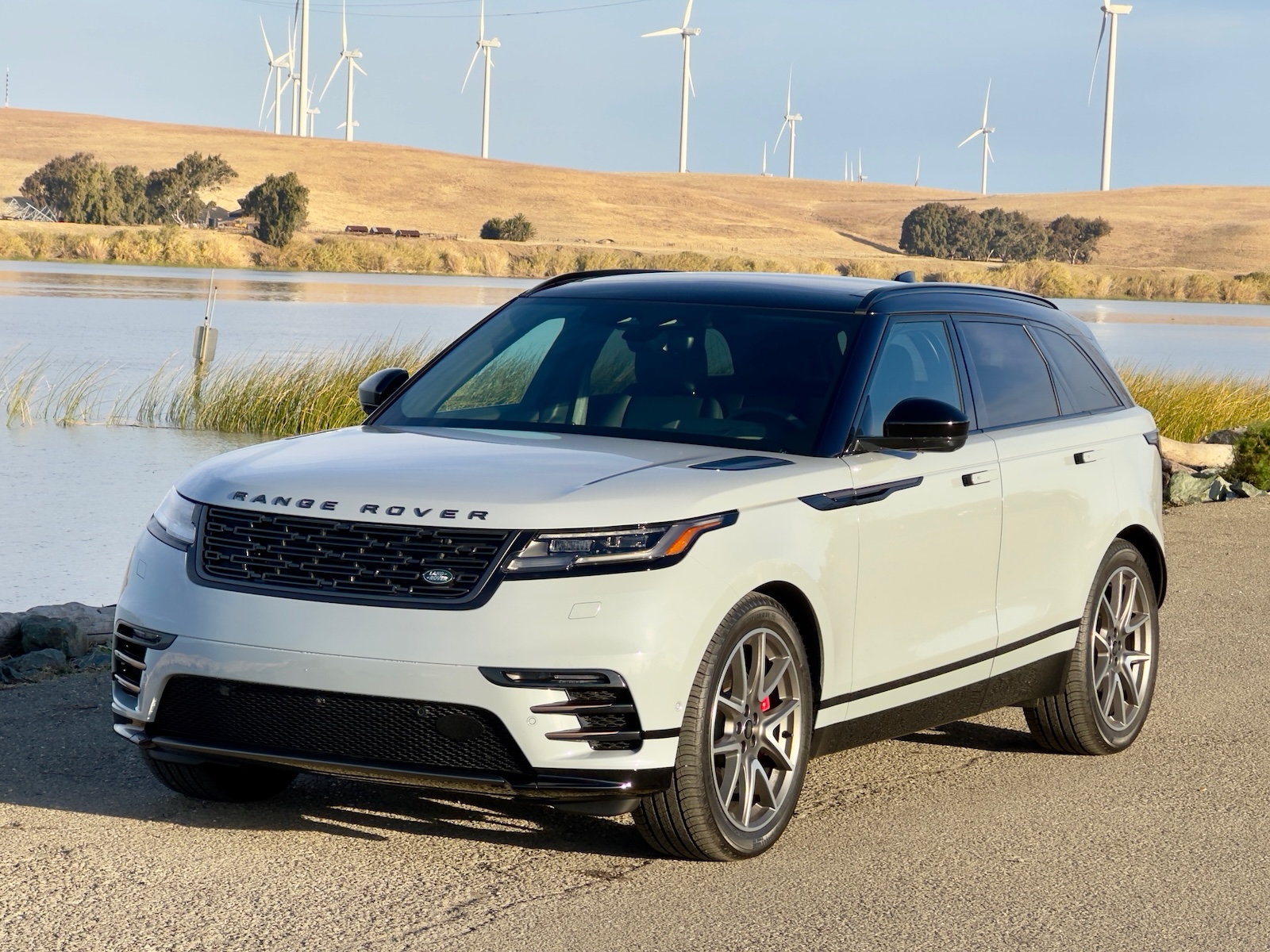

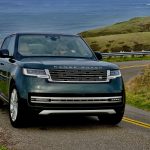

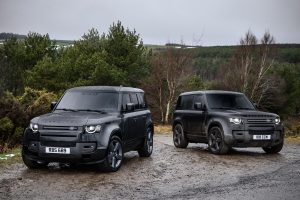

0 Comments